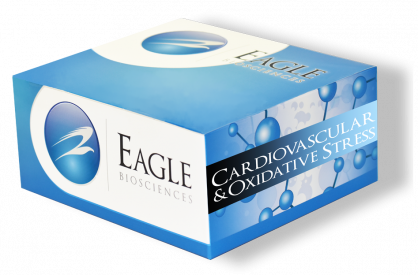Human tPA Activity ELISA
The Human tPA Activity ELISA is For Research Use Only
Size: 1 x 96 wells
Sensitivity: 0.006 IU/µl
Dynamic Range: 0.1 – 5 ng/ml
Incubation Time: 2.5 hours
Sample Type: Biological Fluids
Sample Size: 60 µl
Alternative Name: Tissue-type Plasminogen Activator
Product Developed and Manufactured in the USA
Assay Background
Tissue-type Plasminogen Activator (tPA) is a member of the serine proteinase family. tPA functions to lyse fibrin clots into soluble plasmin fragments. tPA is active in two forms, single chain and two chain. The two-chain tPA is created via interaction with the plasmin product cleaving the single chain. This two-chain form is regarded as the more active form. Both single chain and two-chain tPA are complexable with PAI-1. PAI-1 acts as an inhibitor for tPA by binding to the tPA and thus stifling its ability to lyse fibrin. tPA can serve as an indicator of both myocardial infarction for patients with impaired fibrinolytic systems as well as a marker for type-II diabetes.
Sample Preparation
Samples of human plasma in citrate or EDTA may be assayed with this kit. Plasma in heparin is not recommended. It is important to ensure a platelet free preparation as platelets can release PAI-1, which in turn could potentially form a complex with active tPA. Serum and cell culture media at neutral pH may also be used.
Related Products
Human Tissue type Plasminogen Activator (tPA) Total ELISA Assay Kit
Mouse Tissue type Plasminogen Activator (tPA) Active ELISA Assay Kit
Rat Tissue-type Plasminogen Activator (tPA) Active ELISA Assay Kit


